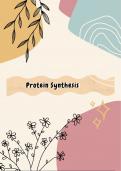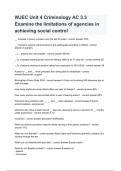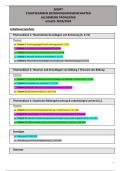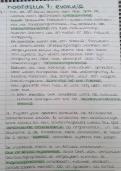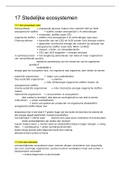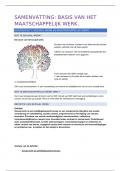Summary
Summary Protein Synthesis Grade 12 IEB notes
Protein synthesis may seem like a complex topic, but I've broken it down for you. This document includes transcription of DNA, into RNA. The translation of RNA into proteins. Different types of RNA (mRNA,tRNA and rRNA), Genetic aberrations and gene mutations. Understanding protein synthesis can be ...
[Show more]
